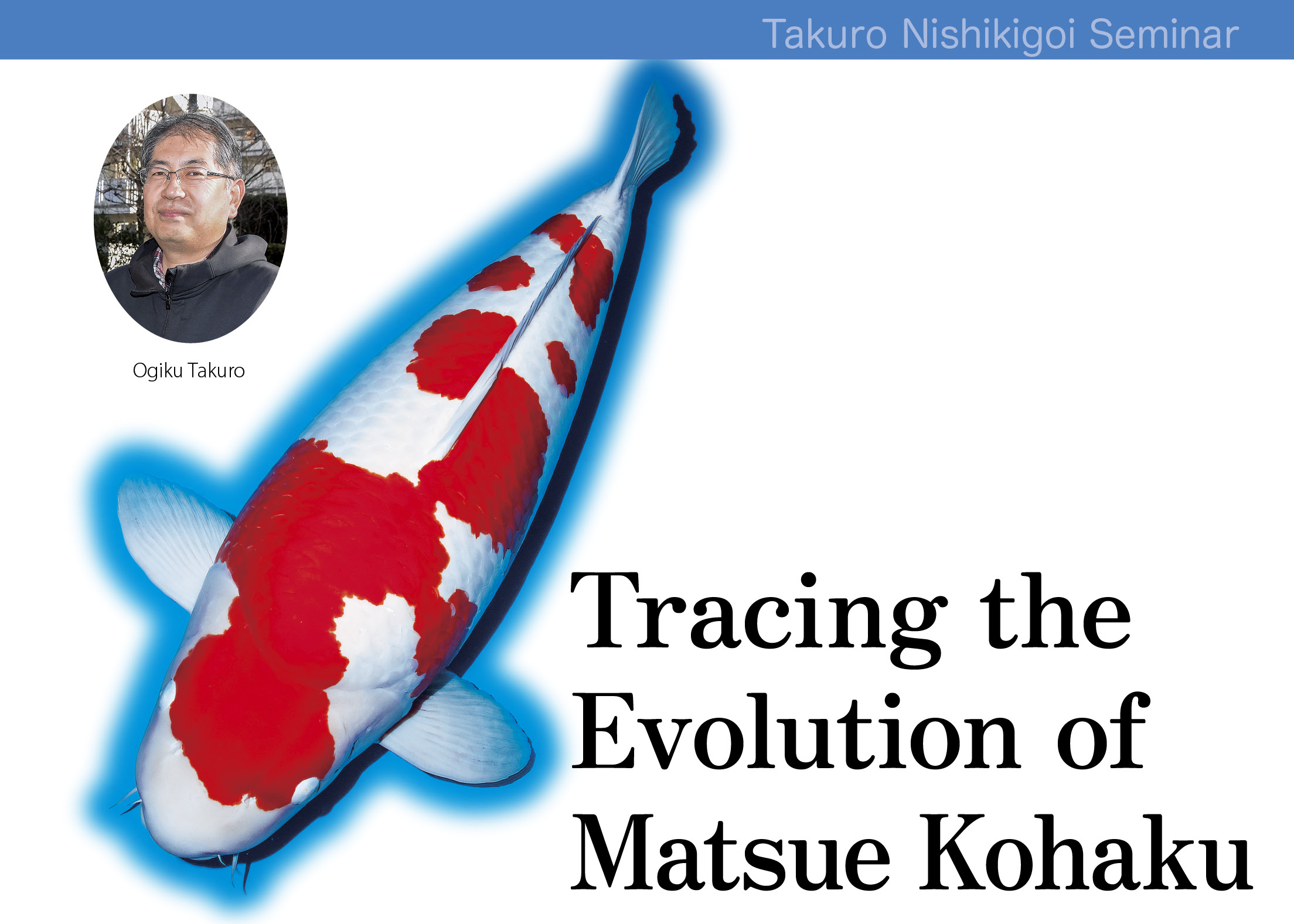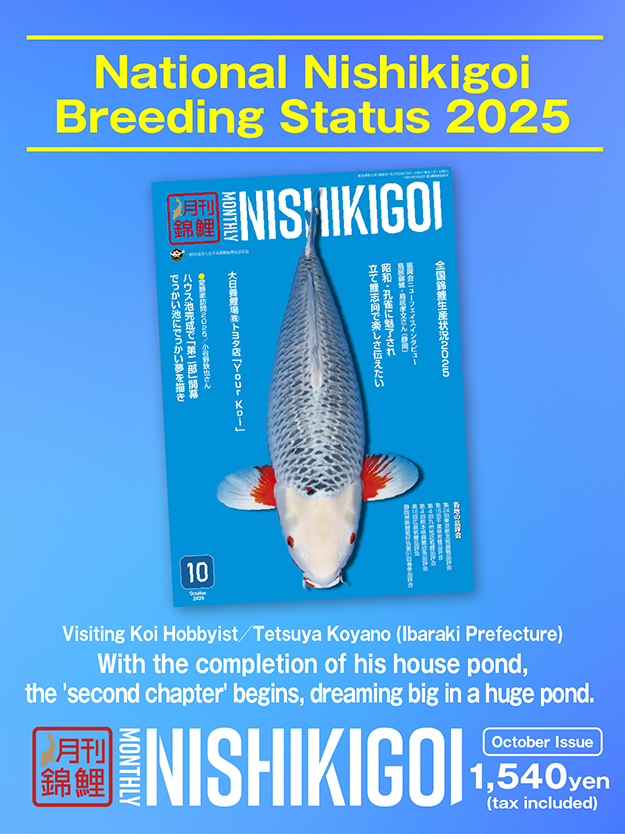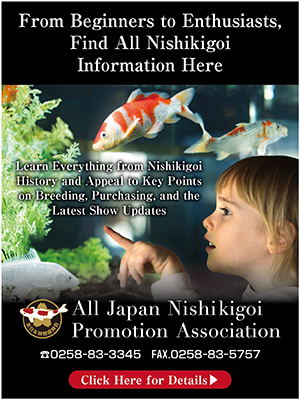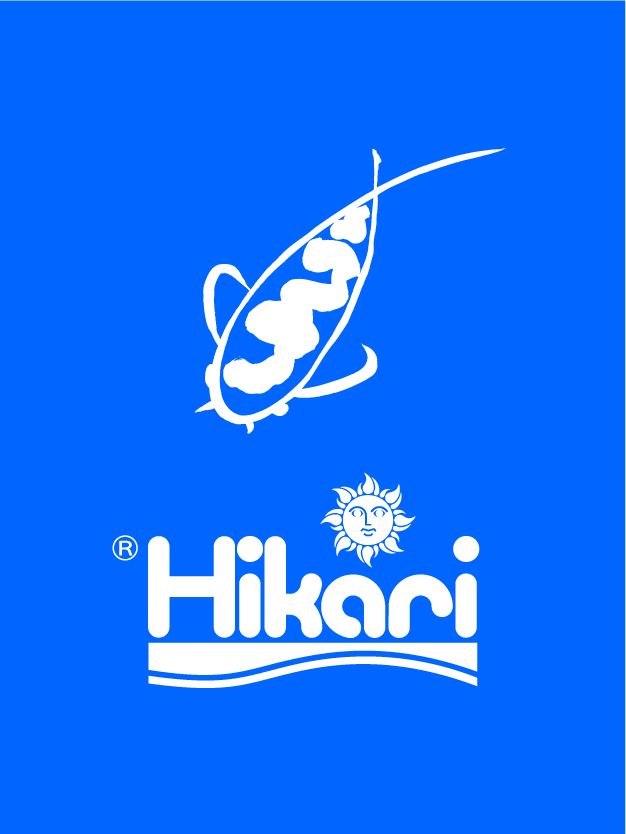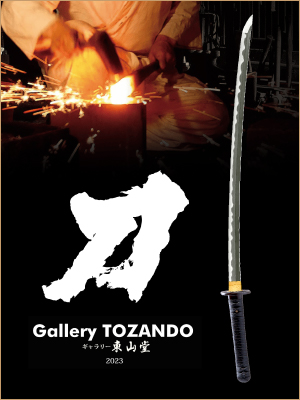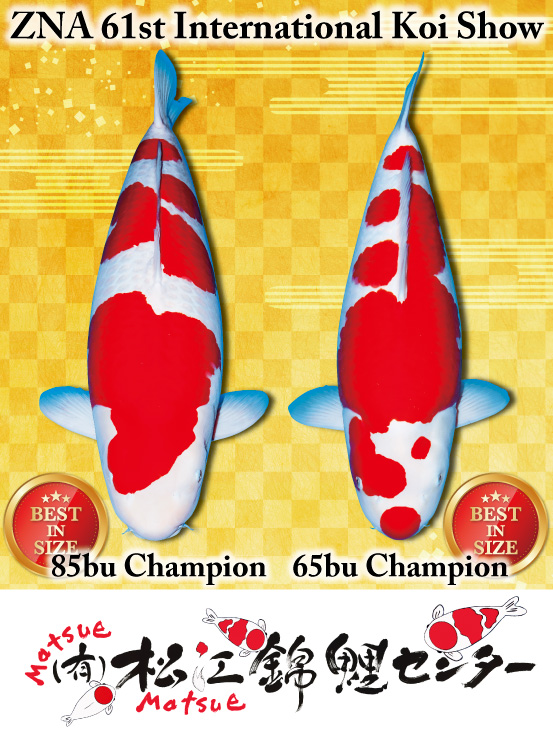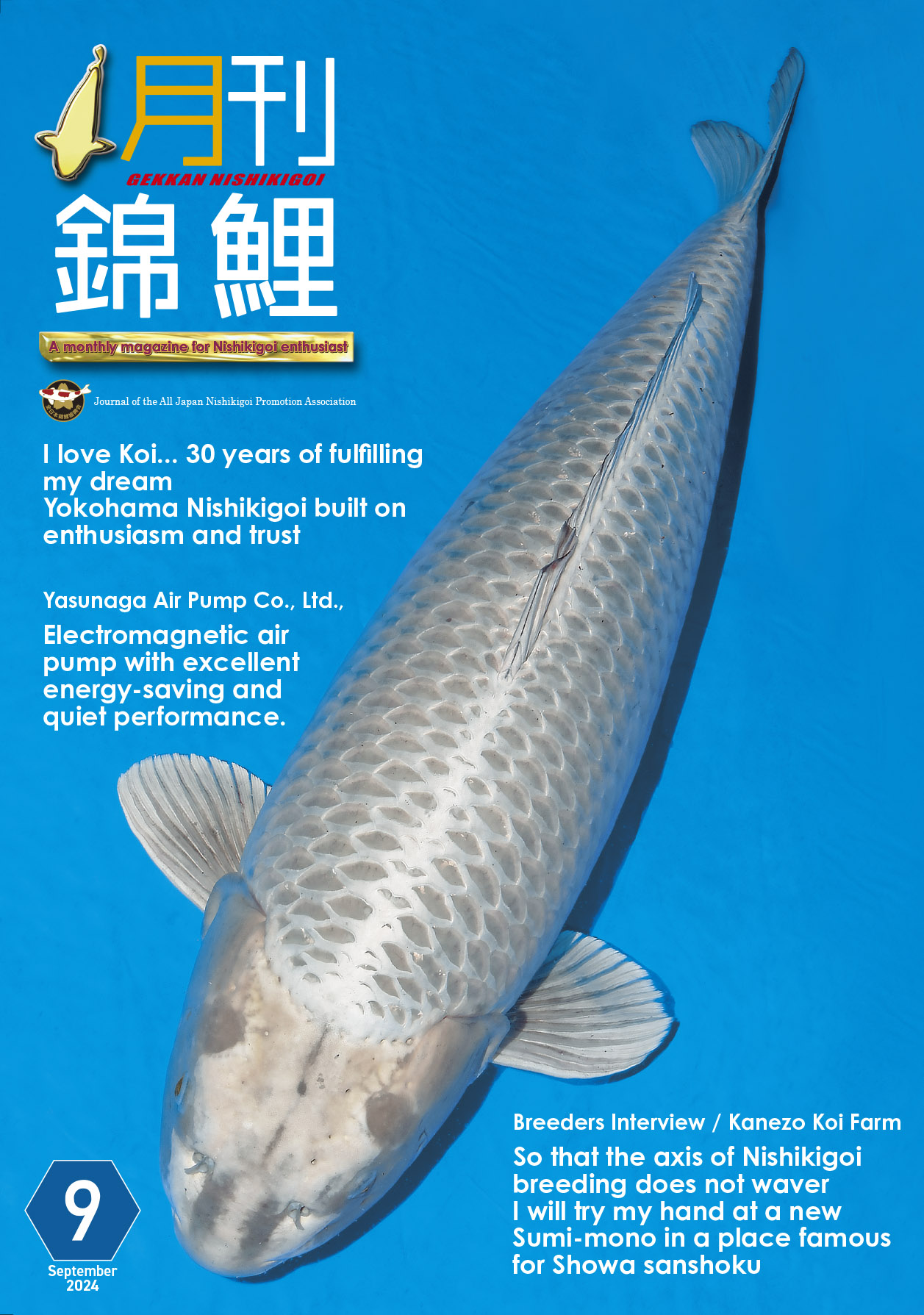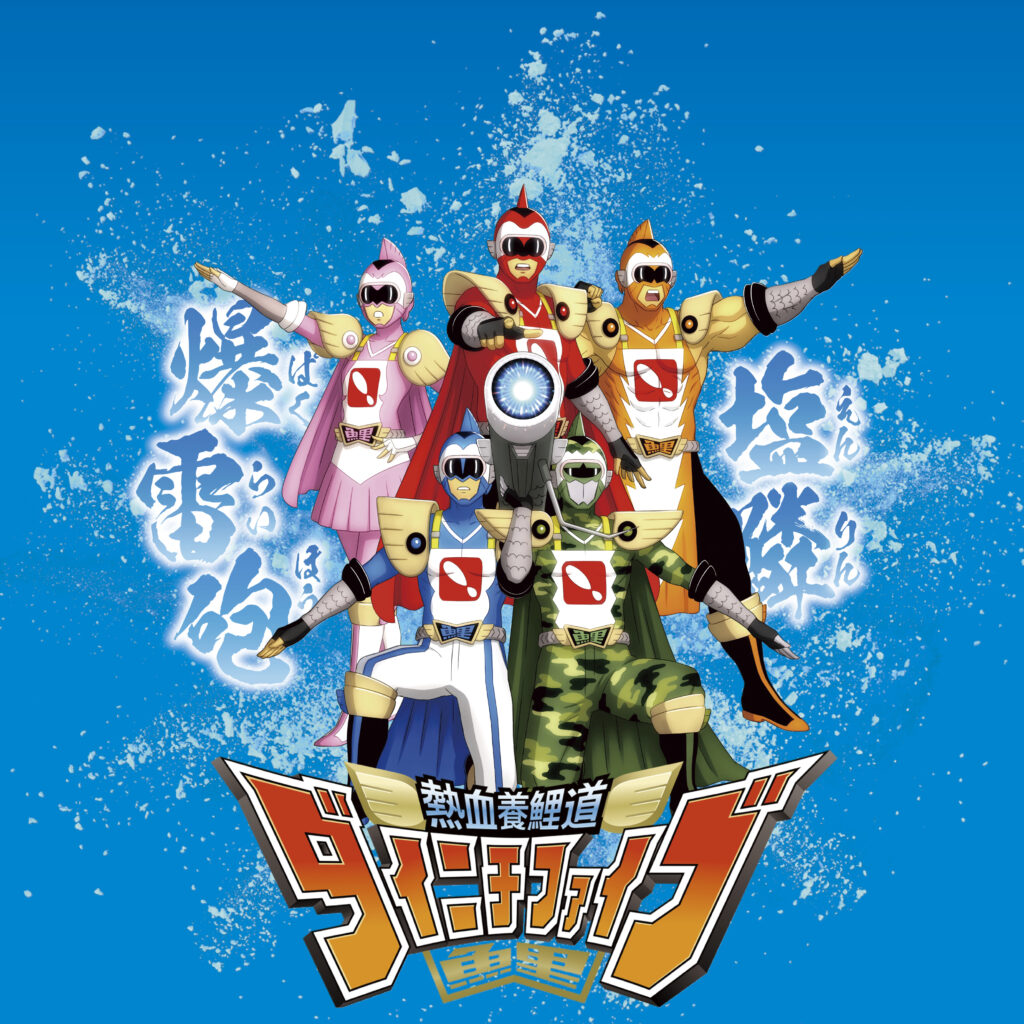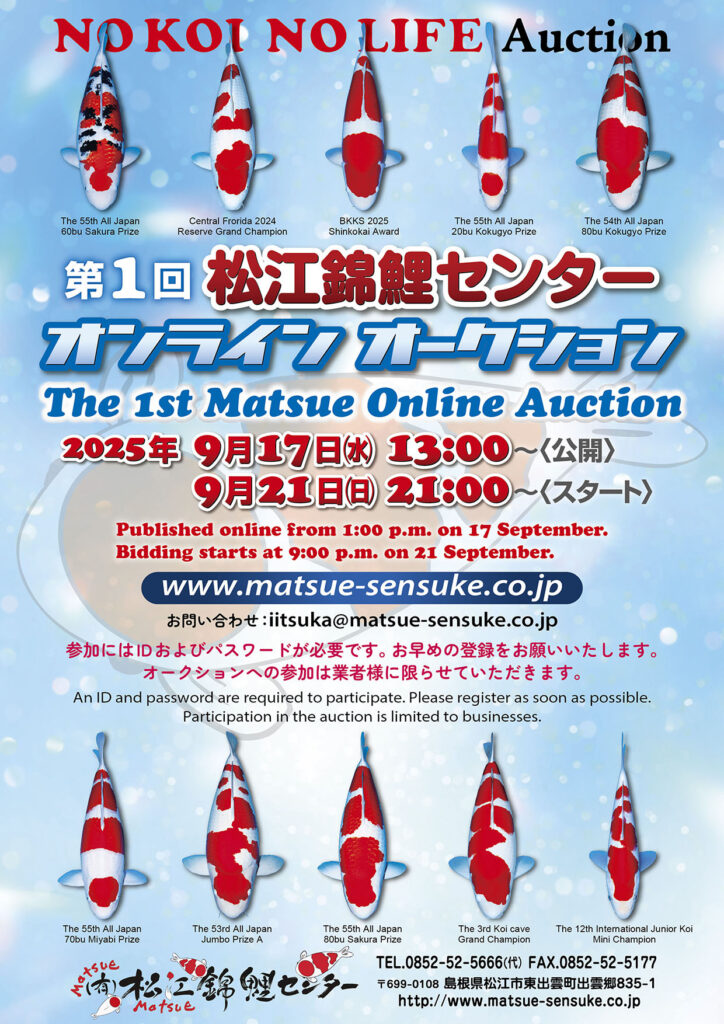Takuro Nishikigoi Seminar
Tracing the Evolution of Matsue Kohaku
From the “Matsue Seminar” of Yokohama Nishikigoi, held on February 11 this year
This time, we will focus on the changes in the Kohaku from the Matsue Nishikigoi Centre. Using record photos of the koi our shop has purchased, Hiroaki Iizuka, Senior Managing Director in Matsue Nishikigoi Centre, will provide commentary.
We hope this session will serve as a helpful guide for your koi selection, helping you think:
“So, this is how koi can change,” “This type of koi develops well over time.” “Next time, I’d like to buy a koi like this.”
(Takuro Ogiku)

— First, let me introduce the kind of koi that Matsue Nishikigoi Centre produces. Speaking of Matsue’s signature work, it would be this koi that won the Jumbo Prize A (①), right? What kind of parents did this koi come from?
Hiroaki: This one came from pairing a female from the “Iwasaki” bloodline with a male from the Murata Nishikigoi Centre.
— This koi had a body shape and beni unlike anything that had ever come out of Matsue Nishikigoi Centre.
Hiroaki: This is the best koi Matsue Nishikigoi Centre has ever produced. When it was collected from the mud pond at two years old, I decided right then that it would go for the top prize.
— Was it already outstanding at two years old?
Hiroaki: Yes, it was clear — “this is the one.” At the age of ten, it was entered in the All Japan Combined Nishikigoi Show and won the Jumbo Prize A.
— The pattern is artistic, and above all, the body line is excellent.
Hiroaki: At two years old, it had an exceptionally deep body compared to ordinary koi, so it even looked a bit short. But in reality, it was about 63 cm at that age, which was enormous for one of our koi at the time. I clearly remember everything—the body line, even the weight when I held it. For a farm of our production scale, it was a once-in-ten-years koi. I have been struggling ever since to produce another koi close to this one, and I’m still experimenting today.
— I hope you will continue breeding with this koi as your benchmark, aiming even higher. Both I and all the hobbyists are eagerly waiting for that.
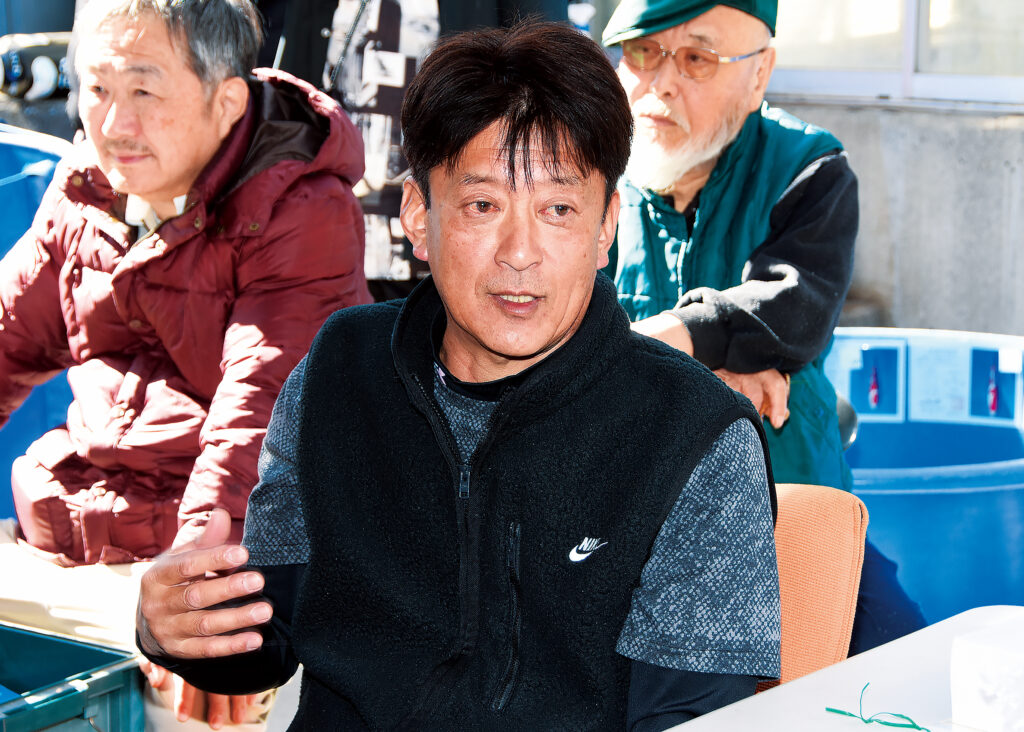
Matsue Kohaku – Second Generation
— Now, let’s go back a little and talk about Sensuke Kohaku. The Matsue Sensuke line is a well-known Kohaku bloodline, but there is also Mr. Morita, a hobbyist from Yamaguchi Prefecture, who is recognised for his own Morita Sensuke. Through both of them, Sensuke Kohaku spread throughout Japan.
This is a Sensuke Kohaku (②) that Mr. Morita produced in his later years, which I purchased nearly 30 years ago. I only ever spoke with Mr. Morita over the phone, but he was an elderly gentleman who spoke passionately about Sensuke. At that time, Sensuke were characterised by persimmon-coloured beni, an “Otafuku” (round, full-cheeked) face, and a long, elongated body, with the tendency to lack flesh in the latter part of the body.
This is a koi (③) that you and you brother produced after extensive research and refinement of such Sensuke. It is an offspring of the parent Gyokurin. This represents the second generation of Matsue Kohaku. I also liked the offspring of Gyokurin and purchased one at the age of two. It eventually grew to nearly 90 cm and is now a parent koi at Otsuka Koi Farm. This koi has produced many fine offspring (④), and the bloodline of Gyokurin has been carried on in Niigata Prefecture as well.



— I think this also belongs to the second generation. It’s a koi that came from the parent Shijimi (⑤). It is now 90 cm. What kind of parent was Shijimi?
Hiroaki: There was a koi named Haruka that came from Gyokurin, and Shijimi is one of Haruka’s offspring.
— You have been spawning shijimi for some years, haven’t you?
Hiroaki: Yes, that’s right. Shijimi grew very well, but I was a bit unsatisfied with the quality of the beni. Still, it was an excellent parent in terms of growth.
— Next is another offspring of Shijimi (⑥), the top performer we purchased as tosai. The Kohaku that won 70bu overall first prize at the Kanto-Koshin Nishikigoi Show (⑦) was also a child of Shijimi, and we acquired it when it was tosai.




